March 11, 2025 | Practice Guidance
Pathways to Healing: Protective Factors for Adult & Child Survivors of Domestic Violence
Sometimes when children, adults, and families are experiencing challenges or traumatic events, we try to fix them instead of collaborating to fix the conditions, events, or circumstances that contribute to poor outcomes (i.e., risk factors). Intentionally and actively working to address various conditions, events, and circumstances in ways that help to support the well-being of children, adults, and families is what building protective factors is all about.
Five protective factors can help to reduce the effects of domestic violence on adult and child survivors, support their personal growth and development, and build a family and community environment that promotes their well-being. The five protective factors for survivors of domestic violence are:
1. Safer and more stable conditions
2. Social connections
3. Resilience and a growth mindset
4. Nurturing parent-child interactions
5. Social and emotional abilities
The tip sheets, linked below, provide guidance for child welfare, domestic violence programs that serve both survivors and offenders, courts, and other collaborative partners about building protective factors that studies show lessen the impact of DV on both child and adult survivors and promote their safety, healing, and well-being.

